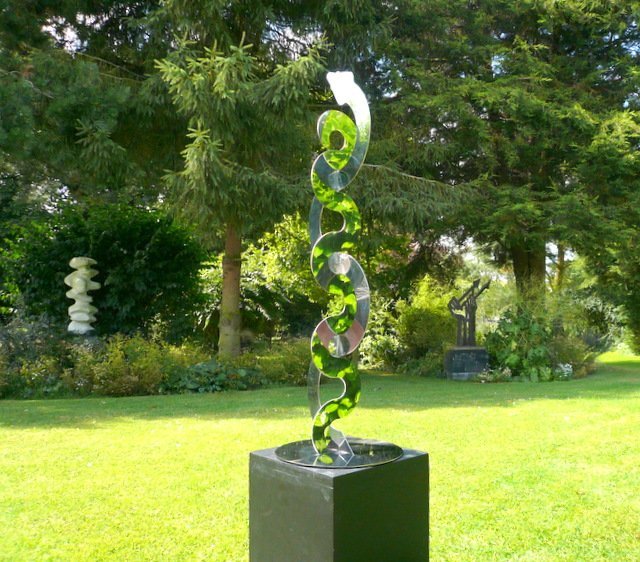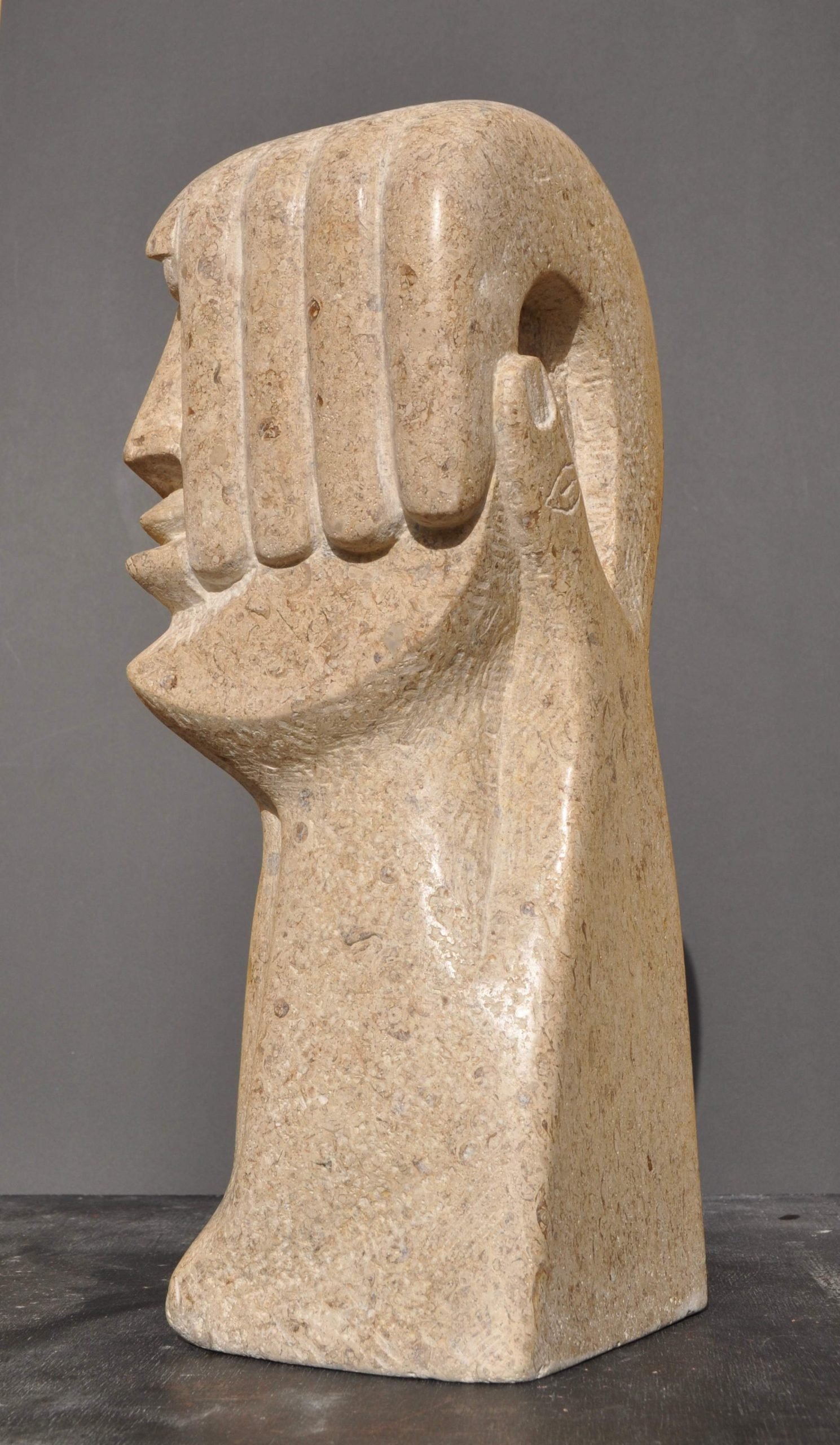Featured Sculptor
FOCUS ON ‘TORSO’ AND JOHN FARNHAM
The subject for this Focus on a Sculpture feature is John Farnham’s Torso, (number 36 on the sculpture map). The article John has kindly contributed is a delight, and it is exciting to learn direct from the artist about his work and the development of his fulfilling and successful career. He provides an insight into the working life of a sculptor.
In addition, he recalls with fondness his friendship with the Gibberds and his ongoing connections with Harlow. His work has been in demand for solo, two-man and group exhibitions in many prestigious galleries and other venues over many decades. He is a favourite with visitors to Harlow’s Parndon Mill Gallery where he exhibits regularly.








